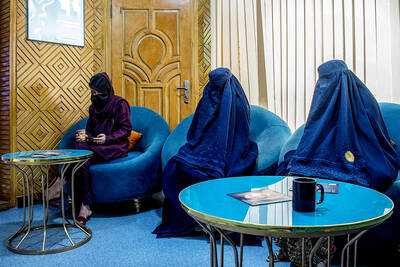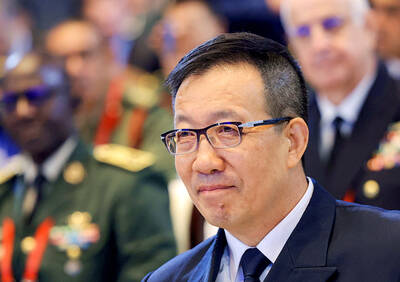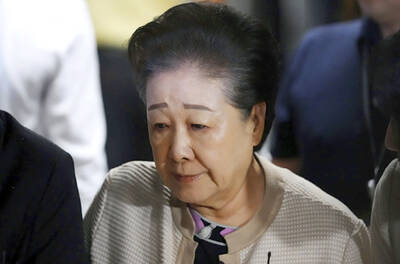“Every morning I wake up and go looking for dead people,” says Michael White, a computer programmer from Stone Mountain, Georgia, who publishes the Web site iCasualties.org, which tracks deaths and injuries among coalition forces in Iraq and Afghanistan.
It is grim work of trolling through news sites and official releases about each episode, assessing the reliability of those accounts and then entering the details about the wounded and killed into a database.
White, 54, has done so since the 2003 invasion of Iraq — “when everything was flowers and chocolate,” he said. Yet he had a hunch that events might not continue so smoothly.
He has kept at it, even as the public and news organizations have moved on to other topics, particularly the economy.
Traffic on the site has dropped by at least half since the days of the surge, when the conduct of the war in Iraq was an issue in the 2008 presidential election. Now the site gets about 25,000 to 35,000 unique visitors a day, White says.
Also, donations have dried up — less than US$1,000, far short of the costs and down from US$8,000 to US$10,000 in a typical year. And no more people volunteer to enter the data and free White to improve the design of the site.
In part, White says he keeps updating the information on the site because it is a calling, an obligation he wants to see through until the war ends. Ultimately, he would like to create a more permanent record of what he has compiled, maybe even publish a book.
There is another reason: People are counting on him — reporters, that is. Without exactly trying, iCasualties has become a cog in the reporting from Iraq and Afghanistan. Local newspapers like the Poughkeepsie Journal of New York, wire services like Agence France-Presse and international organizations like the BBC routinely use iCasualties data to provide context (the number of New Yorkers who have been wounded in Iraq, 1,503; the total number of British troops killed in Afghanistan, 345).
White says he wanted to offer the public a way to assess independently the progress of the war: “I think there is a need for some place you can go and say these are the figures. People have to agree on numbers. Right now, people don’t agree on numbers, whether we are talking about the economy, jobs, the deficit or global warming.”
White points to 2006 as the year when journalists felt confident enough to use iCasualties’ data as their own.
“I had three years of doing it,” he said. “I was not just somebody out there doing a blog, but I took the time to build a database, to build, I don’t know what the word is, my own journalistic standards before putting it out there.”
His acceptance by journalists has left him “surprised and not surprised,” he said, noting that years ago, when he was driving and heard his site credited on National Public Radio, it was “a bit of an ego boost.”
While White says he gets fewer calls for detailed data analysis — deaths, say, by improvised explosive device in a certain province of Iraq — the site’s figures are being used more routinely.
These days, White finds himself more frequently in the role of media critic. He says he is continually amazed at how little attention the war in Afghanistan has generated.
“We had 50 US deaths in Afghanistan last month, and we are on course for 50 deaths this month, but it is not talked about,” White said. “It is not on the nightly news.”
He refers to his tables to finds months when a similar total of US troops were killed in Iraq, and it was big news.
“If it was in Iraq, it would be on the news,” he said.

Decked out with fake crystal chandeliers and velvet sofas, cosmetic surgery clinics in Afghanistan’s capital are a world away from the austerity of Taliban rule, where Botox, lip filler and hair transplants reign. Despite the Taliban authorities’ strict theocratic rule, and prevailing conservatism and poverty in Afghanistan, the 20 or so clinics in Kabul have flourished since the end of decades of war in the country. Foreign doctors, especially from Turkey, travel to Kabul to train Afghans, who equally undertake internships in Istanbul, while equipment is imported from Asia or Europe. In the waiting rooms, the clientele is often well-off and includes men

BEIJING FORUM: ‘So-called freedom of navigation advocated by certain countries outside the region challenges the norms of international relations,’ the minister said Chinese Minister of National Defense Dong Jun (董軍) yesterday denounced “hegemonic logic and acts of bullying” during remarks at a Beijing forum that were full of thinly veiled references to the US. Organizers said that about 1,800 representatives from 100 countries, including political, military and academic leaders, were in Beijing for the Xiangshan Forum. The three-day event comes as China presents itself as a mediator of fraught global issues including the wars in Ukraine and Gaza. Addressing attendees at the opening ceremony, Dong warned of “new threats and challenges” now facing world peace. “While the themes of the times — peace and development —

COMFORT WOMEN CLASH: Japan has strongly rejected South Korean court rulings ordering the government to provide reparations to Korean victims of sexual slavery The Japanese government yesterday defended its stance on wartime sexual slavery and described South Korean court rulings ordering Japanese compensation as violations of international law, after UN investigators criticized Tokyo for failing to ensure truth-finding and reparations for the victims. In its own response to UN human rights rapporteurs, South Korea called on Japan to “squarely face up to our painful history” and cited how Tokyo’s refusal to comply with court orders have denied the victims payment. The statements underscored how the two Asian US allies still hold key differences on the issue, even as they pause their on-and-off disputes over historical

BRIBERY ALLEGATIONS: A prosecutor said they considered the risk of Hak-ja Han tampering with evidence to be very high, which led them to seek the warrant South Korean prosecutors yesterday requested an arrest warrant for the leader of the Unification Church, Hak-ja Han, on allegations of bribery linked to the country’s former first lady and incitement to destroy evidence. The move came a day after the 82-year-old was questioned over her alleged role in bribing former first lady Kim Keon-hee and a lawmaker. Founded in 1954 by her late husband, Sun Myung Moon, the Unification Church has long been the subject of controversy and criticism, with its teachings centered on Moon’s role as the “second coming” and its mass weddings. Followers are derisively referred to as “Moonies.” However, the church’s